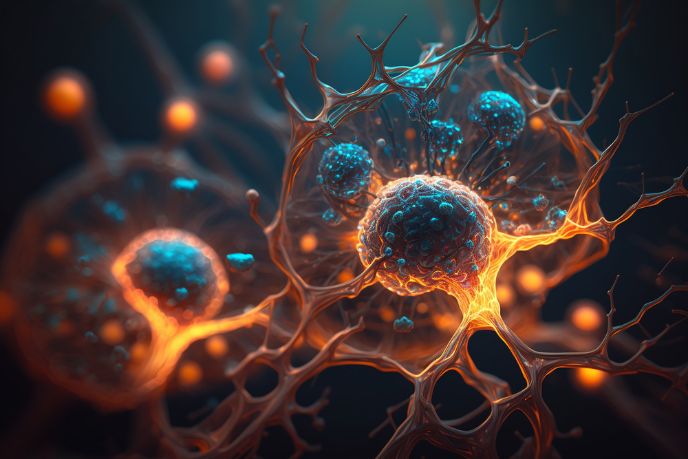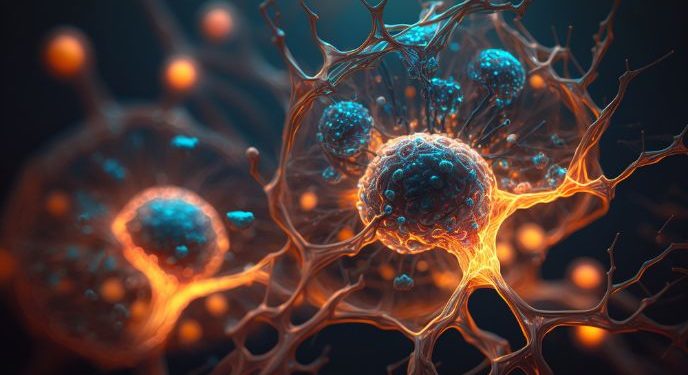Hodgkin’s lymphoma is one of the most common cancers, but it’s also a very treatable cancer. It’s a type of blood cancer that starts in cells called lymphocytes, which are part of the immune system. When the lymphocytes become malignant (cancerous), they release abnormal lymphocytes that invade the body and spread cancer throughout it.
Hodgkin’s lymphoma can be treated with chemotherapy and radiation. Some people may also be candidates for stem cell transplantation, which replaces the person’s own hematopoietic stem cells with normal ones to fight the cancer and prevent it from coming back.
The survival rates for Hodgkin’s lymphoma vary depending on the subtype and stage of the cancer, a person’s age and general health, and how well treatment works. In the US, the 5-year relative survival rate for people with Hodgkin’s lymphoma who are in the early stages of the disease is 89%.
People with Hodgkin’s lymphoma are often diagnosed when they have enlarged lymph nodes in the neck and armpits, fever, fatigue, weight loss, or night sweats. The doctor will do a physical exam and ask about your family history of illness, especially lymphoma. He or she will also order a blood test to check your white blood count and the level of certain proteins, such as alkaline phosphatase and soluble CD 25.
A biopsy of a lymph node will be done to confirm the diagnosis. The tissue will be looked at under a microscope to see whether the lymphocytes are malignant and what type of lymphoma it is. Reed-Sternberg cells are unique to classical Hodgkin’s lymphoma and appear as large, multinucleated cells with two mirror-image nuclei (like owl eyes) in the middle of a reactive cellular background. The other neoplastic cells in classical HL are large B-cells with mutated immunoglobulin genes.

If your hematologist or oncologist believes you have Hodgkin’s lymphoma, the next step is to determine how far the disease has spread in your body. This is done with a CT scan of your chest, abdomen, pelvis, and chest bone, a chest X-ray, and possibly a PET/CT scan. The results of these tests help your team develop the best treatment plan for you.
The treatment of Hodgkin’s lymphoma varies by subtype and stage, but it’s usually a combination of chemotherapy and sometimes radiation therapy. In the past, the standard therapy was MOPP, which stands for Mustargen (also known as chlormethine), Oncovin (also known as vincristine), Prednisone, and Procarbazine. These drugs were given in four-week cycles for up to six cycles. MOPP is still used, but only in cases where the patient has lung or heart problems that would prevent the use of another chemotherapy regimen.
After completing treatment for Hodgkin’s lymphoma, your doctor will check your recovery by ordering routine blood and bone marrow tests. These tests will look for long-term effects of your treatment, such as damage to your organs like your liver and lungs, and the return of Hodgkin’s lymphoma. You may also need regular follow-up visits with your hematologist or oncologist to make sure the cancer hasn’t come back.









